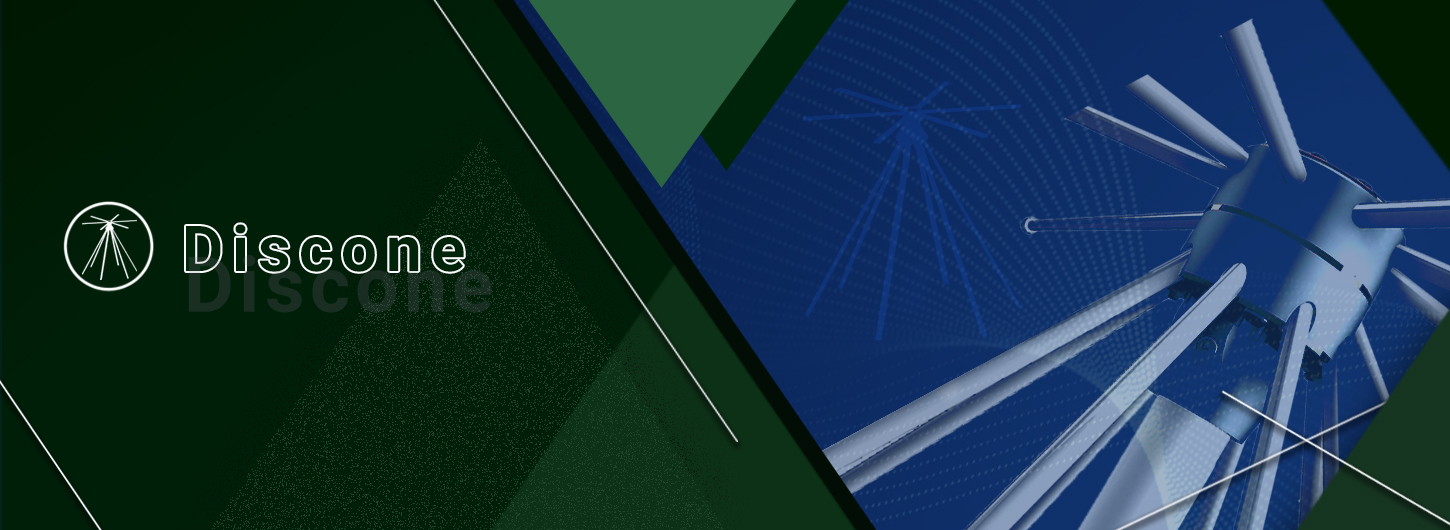
The discone antenna is used for many radio communication applications from radio scanning and monitoring for the commercial or military services to the home scanner enthusiasts.
The Discone antenna was invented and patented by Armig G.Kandoian of New York in 1943. The invention relates to radio antennas and in particular to broadband antennas for operation at UHF. The objective of his invention was to build an antenna for UHF in aircraft communications.
A discone antenna is a type of wideband antenna that consists of a disc-shaped radiator and a cone-shaped ground plane. The disc and cone are usually made of conducting material, such as copper or aluminum, and are connected by a vertical support rod. The discone antenna is a type of omnidirectional antenna, meaning that it radiates and receives signals equally in all directions.
Discone antennas are popular in applications where a wide range of frequencies needs to be covered, such as in radio communication, broadcasting, and monitoring systems. They have a frequency range of several hundred MHz to several GHz, which makes them suitable for use with various communication systems, including VHF, UHF, and microwave frequencies.
The antenna's design makes it very efficient in transmitting and receiving signals over a wide range of frequencies, with minimal loss and distortion. The cone-shaped ground plane provides a broad bandwidth and ensures that the antenna maintains a low standing wave ratio (SWR) across the frequency range.
One of the main advantages of discone antennas is their wide frequency range, which means that they can be used for a variety of applications without the need for tuning or adjustments. They also have a compact design, which makes them suitable for use in small spaces. However, their main disadvantage is their relatively low gain, which limits their use in applications that require long-distance communication or detection.
